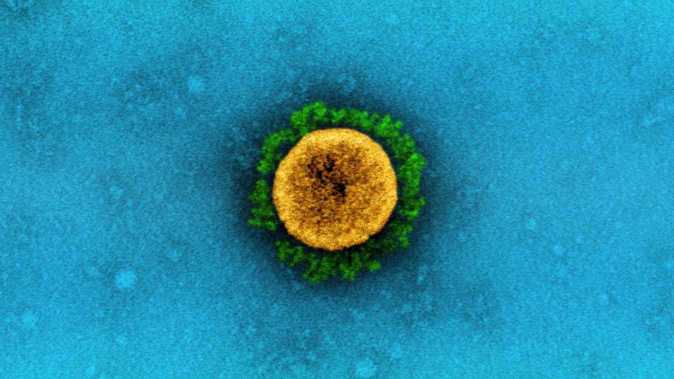
Scientists are tracking what’s soon likely to be another notable addition to New Zealand’s Omicron “subvariant soup”. Here’s what we know so far.
What’s the new subvariant?
That’s BN.1 - an Omicron type that, while only just added to the list of variants being tracked by the US Centers for Disease Control and Prevention (CDC), already accounts for four per cent of recorded infections among Americans.
It’s also been detected in more than 30 other countries, including Australia, the UK, India and Austria, where some of the earliest cases of the strain were recorded around the middle of the year.
According to the latest subvariant summary – out to the end of October – no cases of BN.1 have yet been confirmed in New Zealand.
Otago University virologist Dr Jemma Geoghegan said that was soon likely to change.
“Our borders are now open and there are no testing requirements anymore, so as long as we’re connected with the world, we’re inevitably going to get frequent introductions of these variants.”
Why are scientists taking notice of it?
Just a month ago, BN.1 made up only one in 100 cases in the US; the fact that rate has now jumped to one in 20 strongly suggested the subvariant had some clear growth advantage.
“If it’s on the rise elsewhere, that means it has a fitness advantage that may increase the risk of driving more case numbers, as well as an ability to evade the immune protection that we might have,” Geoghegan said.
Internationally, scientists have flagged the subvariant as having likely high immune-escape properties, and the potential to compete with other circulating variants.
A descendant of BA.2 - an earlier subvariant that fuelled New Zealand’s first Omicron wave – there wasn’t yet any indication BN.1 posed any greater risk for severe disease or death.
Geoghegan said the new strain appeared another example of convergent evolution, where different species of an organism independently developed similar traits, in response to similar pressures.
“We’re seeing these subvariants independently develop the same sorts of mutations in the same places, which means they obviously confer some advantage.”
What other subvariants are on the rise?
According to the latest update, the subtype that powered our winter wave – BA.5 - still made up about eight in 10 sequenced cases, suggesting the virus was still finding susceptible people to infect.
But a combination of more recent arrivals was growing in proportion.
These included BA.2.75, making up nearly 15 per cent of cases as early November, and BQ.1.1, accounting for around seven per cent.
Elsewhere in the mix was BA.4.6, making up two per cent, and XBB, representing three per cent.
“We continue to have officials in the Public Health Agency scanning the international evidence about what the risks of those variants are,” Covid-19 Response Minister Dr Ayesha Verrall told Parliament’s Health Select Committee today.
“Some have suggested that some of the emergent variants - including XBB, which is present but not prevalent in our community - might have a 10 per cent increase in transmissibility.”
Verrall said officials would continue to monitor new variants, with the option of scaling up health measures if that was needed.
Take your Radio, Podcasts and Music with you









